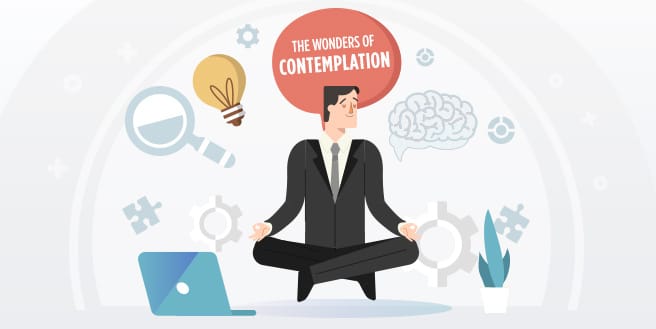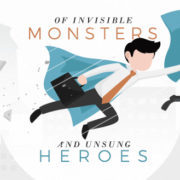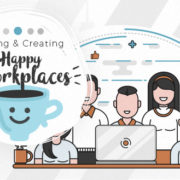The Wonders of Contemplation and 10 Minute Meditations

Over the recent years, the need for creativity in several jobs have increased. No matter the industry or task – whether you are trying to pacify conflicting stakeholder priorities, looking for solutions to a client’s complaints, or launching a new product, your answers won’t probably be found in textbooks or academic papers.
But the thing is, it’s not easy to generate diverse ideas day by day. Chances are, creative blocks come in the way or worse, we actually run out of them. So what do we do once this happens? How do we move forward when our mind have seemingly hit a wall?
Mindfulness meditation have become an increasingly popular solution to curing mental blocks. Not only are researchers advertising its benefit but even leading firms such as Google, Goldman Sachs, and Medtronic are introducing this method of contemplation, as well as other mindfulness practices to their employees. Their executives and those from other organizations are saying that not only is it useful for stress-reduction, but it can also enhance creativity, opening a door in the wall blocking us from going forward.
But encouraging such acts would take a lot of convincing. These unorthodox ways of increasing productivity is often frowned upon, so in order to open up one’s mind to this approach, it’s important to gain a deeper understanding of its affectivity.
The Science of Musings and Contemplation
Administrators who gave contemplation a try, said that it actually helps them switch gears when things are becoming too stressful. In addition to this, there’s a large number of existing literature on the other benefits that it brings to the workplace. If one is to do it regularly, it can boost their resilience – allowing them to mitigate stress, regulate emotions, and develop a much more positive outlook. Moreover, it helps them switch off their innate reactive fight-or-flight response and engage in a more thoughtful mode needed in making balanced decisions.
Danny Penman argues in his book, Mindfulness for Creativity, that meditation and other similar practices amplify three essential skills for creative problem solving. First, mindfulness that switches on divergent thinking, opening our minds to new ideas. Second, it improves attention and makes registering ideas much easier. Lastly, it nurtures courage and pliancy against skepticism and other setbacks – a quality much needed for various innovation processes.
To further strengthen the claims that creativity is one of its first benefits, an experiment was conducted at the Erasmus University of Rotterdam, Netherlands. One hundred twenty-nine students participated in the test to see whether a minimum of ten minute meditation would be sufficient to boost creativity. The results showed that the short contemplation activities given to them rendered the participants in a more positive and relaxed frame of mind. Moreover, it decreased the participants’ feelings of restlessness by at least twenty-three percent, nervousness by seventeen percent, and irritation by twenty-four percent. Google’s Mindfulness Program Advisor, Mirabai Bush, said in a conference that the activity will make your life work better and your work life better – a win-win situation.
Step-by-Step Process
At the end of the day, the only way you’ll find out whether or not meditation and contemplation works for you, is for you to actually try it yourself. You can download apps such as Headspace, Calm, or Buddhify. You can also try following instructions from short courses that can be found online.
And for us to actually experience it to the fullest, it’s important that our work environments would provide us with enough freedom to do it. Traditional offices would usually disapprove of such activities but the growing presence of coworking spaces are giving today’s professionals room for mindfulness activities. The global phenomenon of shared spaces allows its members full autonomy of their workday and provides them with a wide variety of work areas that they can use any time they please. So in case you want to give ten minute meditations a try, you can easily pick a quiet area for a quick break.
Better ideas and a better mood can easily be achieved in approximately just about the same time that it takes for you to enjoy a cup of coffee. And if you want to give it a try, we can introduce you to a working environment that encourages mindfulness.












Leave a Reply
Want to join the discussion?Feel free to contribute!